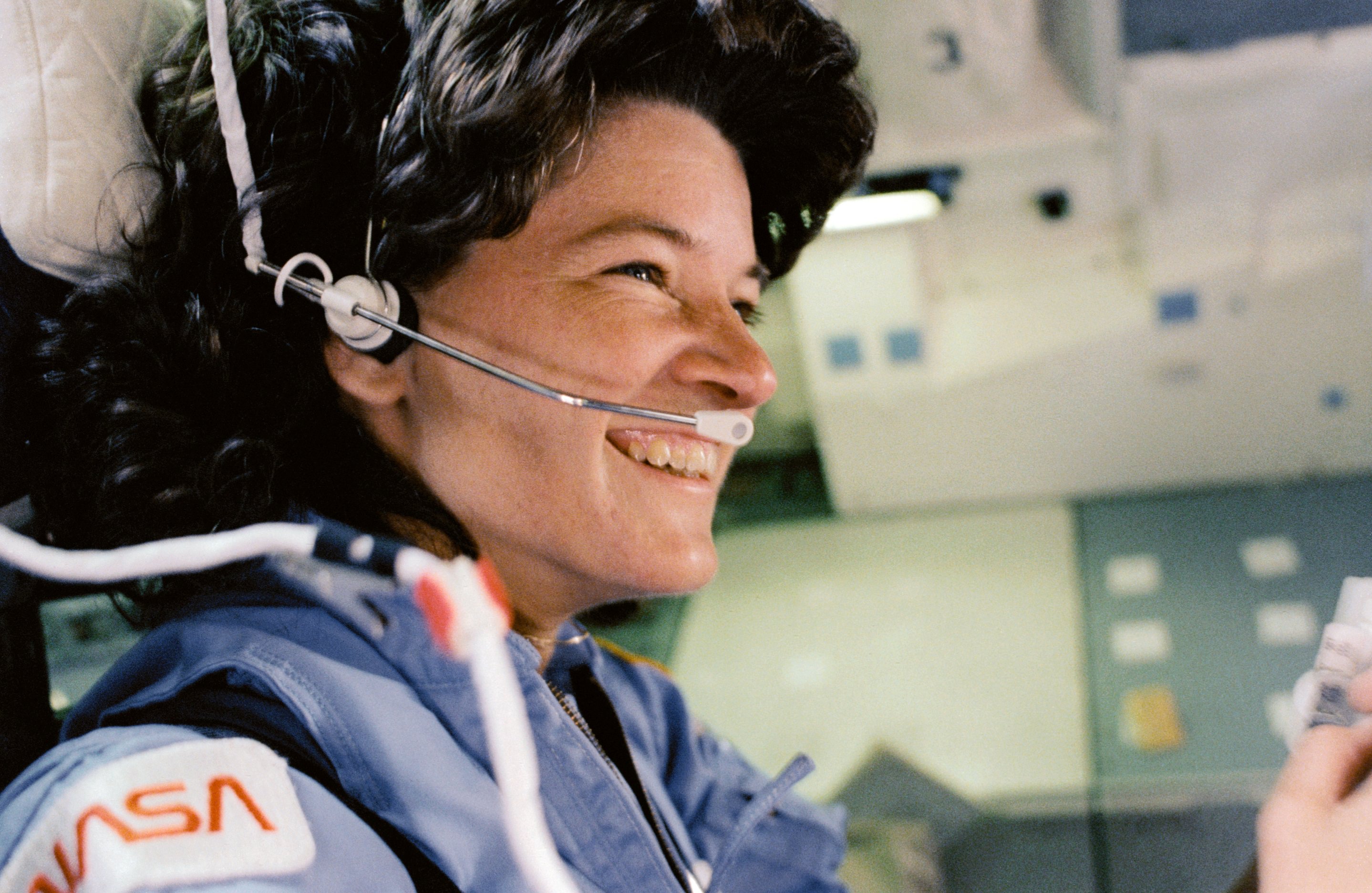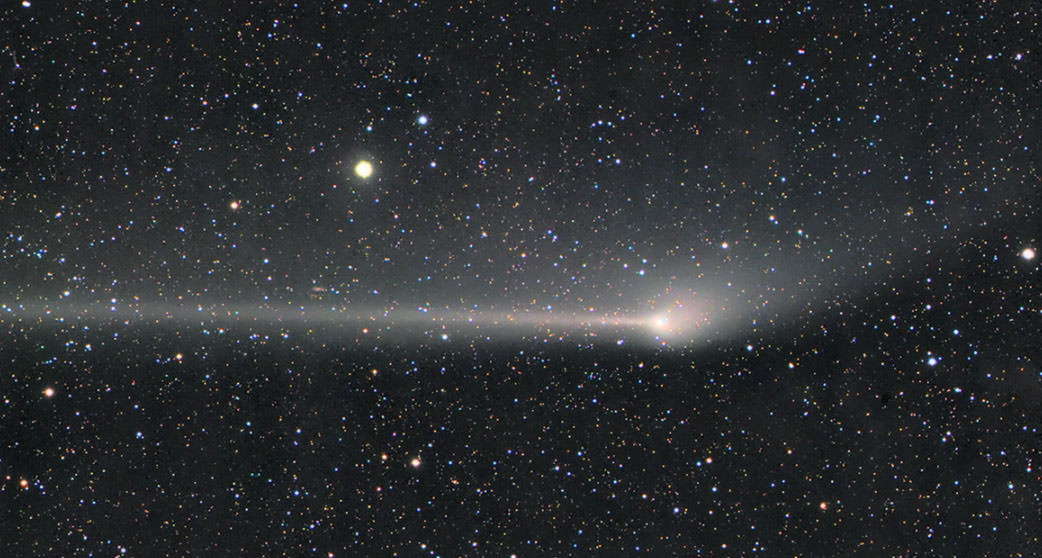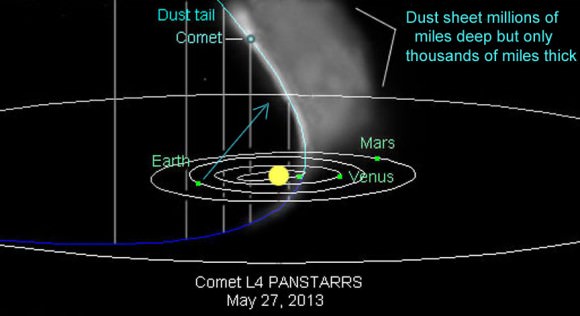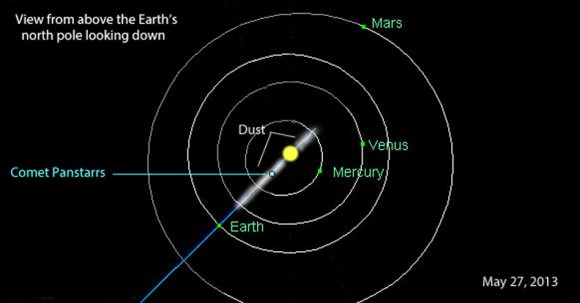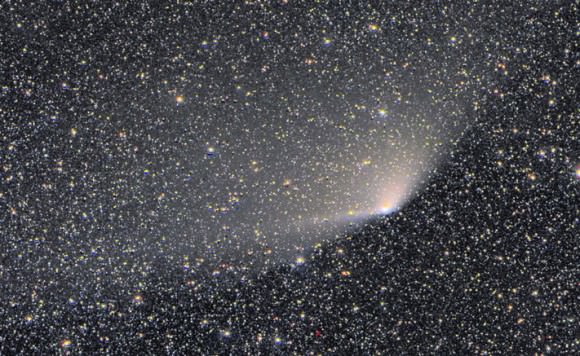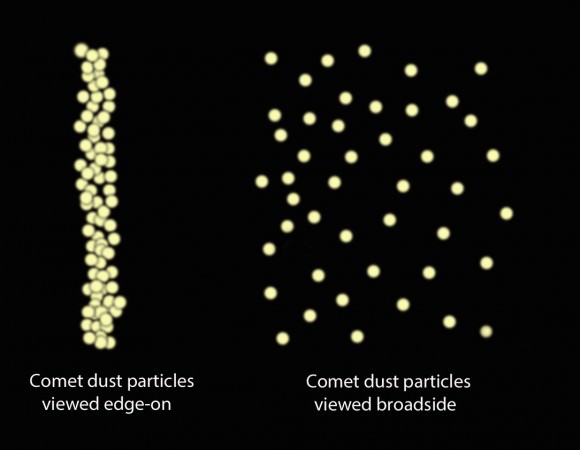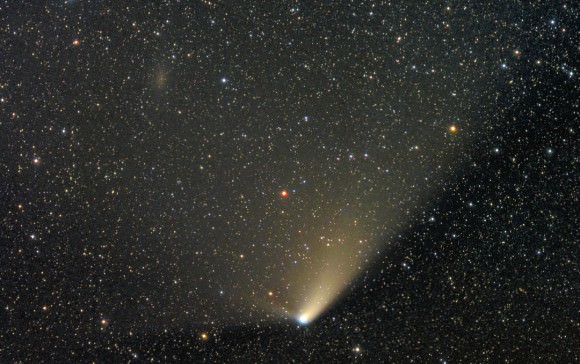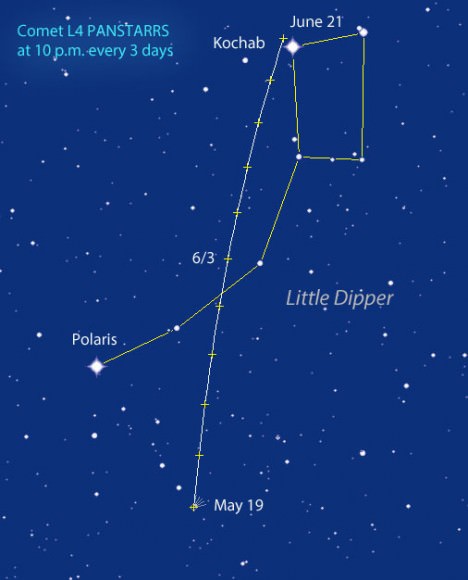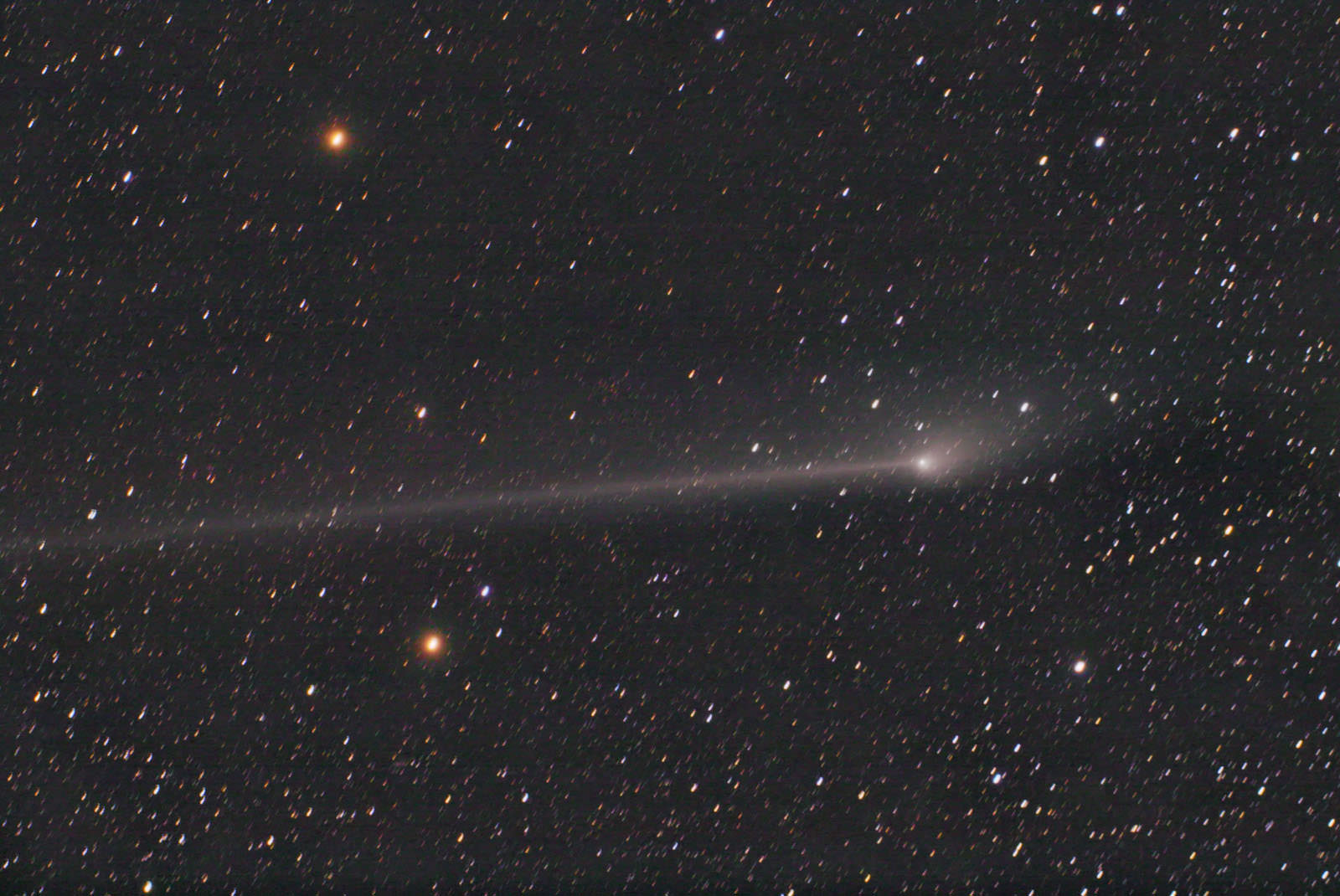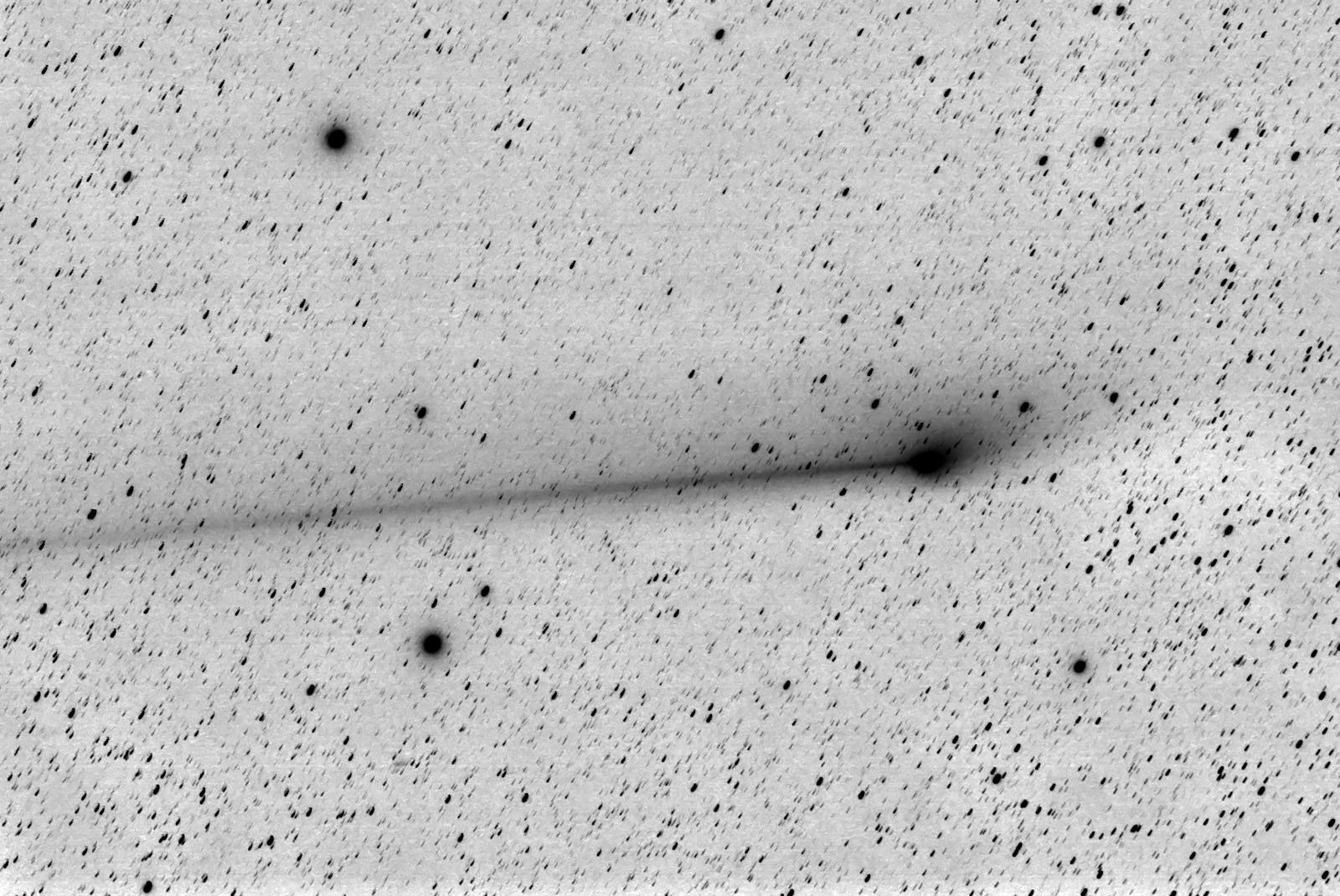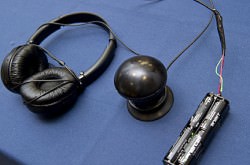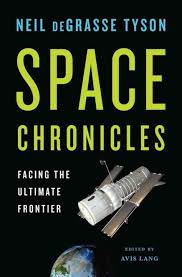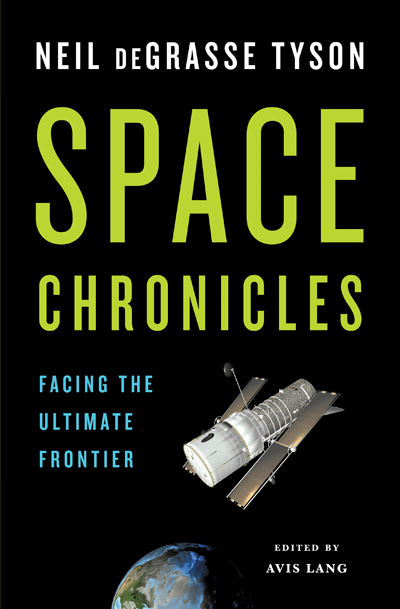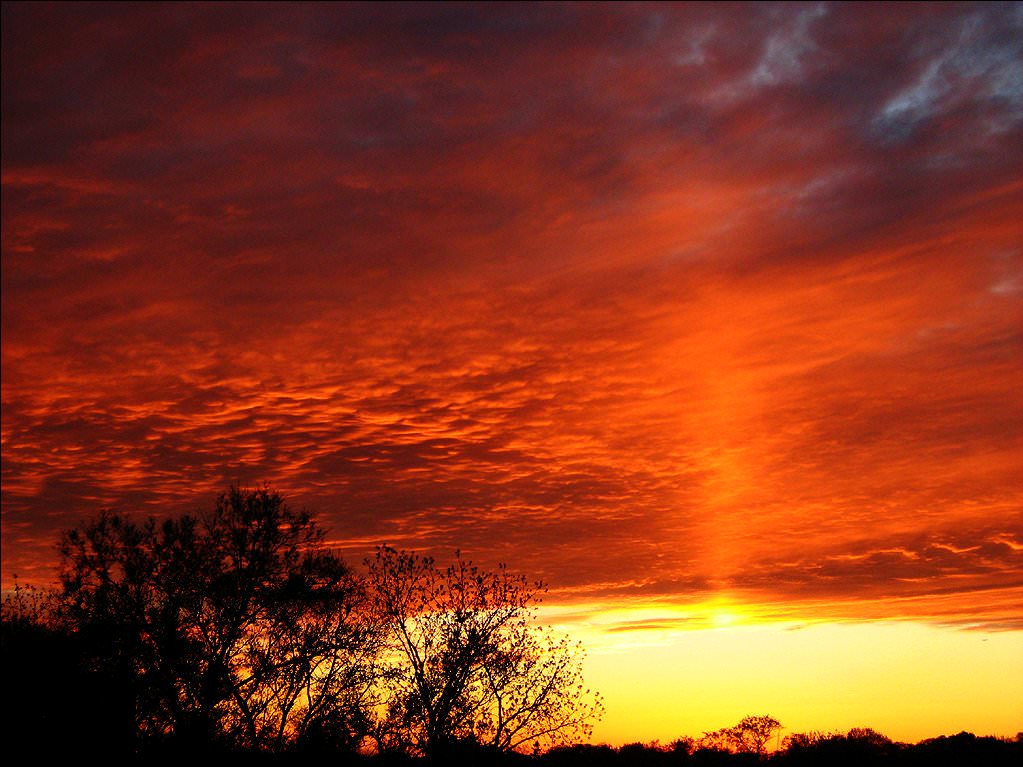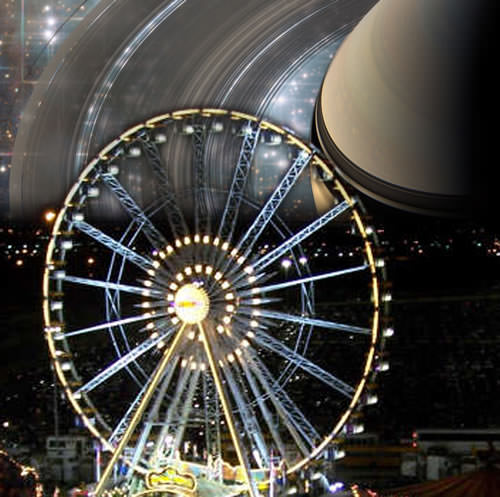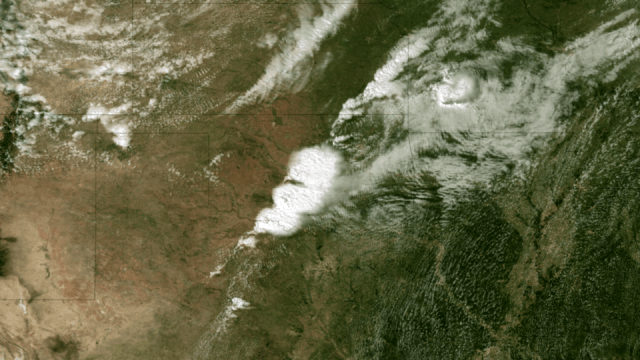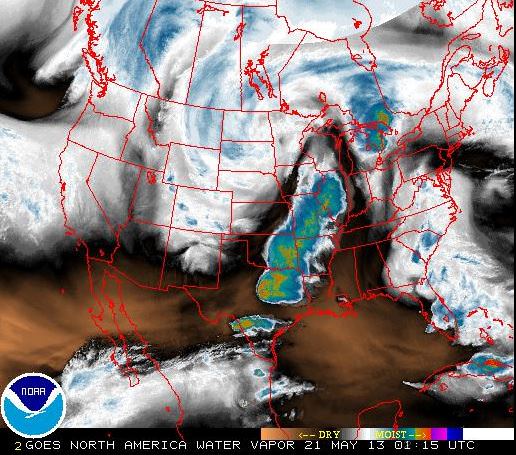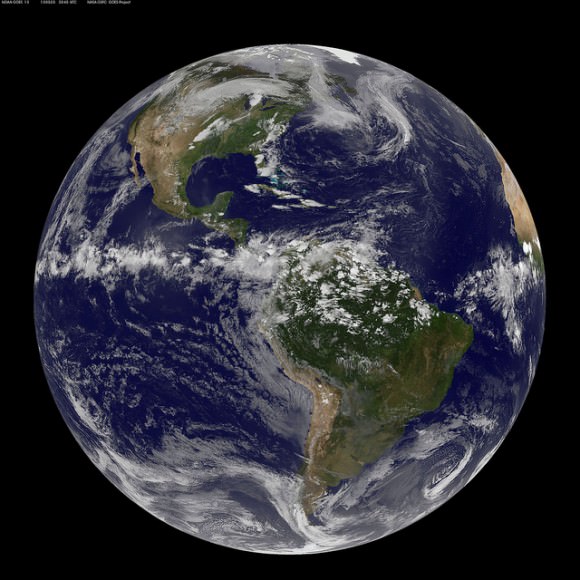Editor’s note: This guest post was written by Ron Atkins, a life-long supporter of human space exploration and an ardent advocate of “NewSpace” and Commercial Spaceflight. He curates and maintains “The NewSpace Daily” on Scoop.it
Tony Stark has been to a lot of cool places in that Iron Man get-up of his. But low Earth orbit might still be a bit beyond his operational flight envelope. Not so for the developers of the revolutionary RL Mark VI Space Diving suit. A hi-tech ensemble consisting of augmented reality goggles, power gloves, control moment gyros, and a low-cost commercial space suit, the RL Mark VI will allow future thrill seekers and space tourists an experience that up until now could only be imagined in the boldest science fiction.
A joint collaboration between Solar System Express and Juxtopia LLC., two minority-owned hi-tech startups both based in Baltimore, Maryland, the RL MARK VI Space Diving configuration will allow the well-equipped space tourist of the near future the opportunity to actually return to Earth without his spaceship.
Space diving is the next big step beyond sky diving, and it is envisioned as a concept that would allow spaceflight participants a means of escape from a possibly disastrous on-orbit emergency, or perhaps just a new recreational activity for those no longer satisfied with merely jumping out of aircraft. The RL MARK VI would allow high-altitude jumps from near-space, suborbital space, and eventually low Earth orbit itself.
The first few flight tests of the MARK VI hardware will follow a profile very reminiscent to that of the recent record-breaking Red Bull Stratos dive of Felix Baumgartner, where the daring aerialist completed his plunge through the stratosphere with a soft parachute touchdown back on terra firma. But the ultimate goal of this futuristic project is far more radical than that. Eventually, through the use of modern “wing suit” skydiving technology and assisted by miniature aerospike engines attached to specially designed footwear, the space diver will end his spectacular glide through the heavens with a propulsive, power-assisted landing on two feet. No parachute. At all. Just like Tony Stark does it in the movies.
In addition to Hollywood, the RL Mark VI also draws upon history for its inspiration. Major Robert Lawrence, United States Air Force, was America’s first African-American astronaut. Major Lawrence was killed on December 8, 1967 in a test flight at Edwards Air Force Base in California before his dream of flying in space ever came to pass. In his honor the principal design team at Solar System Express chose to use his initials for the product code name of this revolutionary new concept.
On October 2, 2012, the birthday of Robert Lawrence, Blaze Sanders, Chief Technology Officer of Solar System Express, ratified a licensing agreement with Dr. Jayfus Doswell, president and CEO of Juxtopia, for the use of Juxtopia’s Augmented Reality (AR) head mounted display technology.
Similar in functionality to Google Glass, Juxtopia’s AR Goggles are primarily intended to provide the space diver with a continuous stream of vital information that will keep him on course and within safe life-support parameters throughout the duration of his jump. These visually displayed real-time dynamic analytics will tell the jumper his heart rate, respiration, internal space suit temperature, and his external temperature as well. They will provide data on GPS location, elevation, and rates of acceleration and deceleration. An FAA radar display of the local airspace will always indicate his current relative position.

Unlike Google Glass there will be no video mode for these goggles. Instead they will work on the principal of “Optical See-Through,” much like the Heads Up Display on a modern fighter jet, that overlays numerical information and other visual symbology over the pilot’s view of the outside world. In the words of Dr. Doswell, “Video mode works fine for Hollywood, but in real life if you lose video during the jump then you’re flying blind and unlike in the movies there is no quick reboot option.”
The goggles will respond to voice commands specifically addressed to the name that the diver has designated for the RL MARK VI‘s system computer. Special software algorithms will filter the diver’s voice and eliminate all “false positives” such as wind, air, engine sounds and any other noise that is not human speech. The final result of this filtered audio signal is referred to as “pure speech.” Such audio commands will be used to turn the RL MARK VI’s systems on and off, to eject various hardware components from the diver’s body at different altitudes, to control suit cams and various lighting options, and to control voice communications to a ground control station.
In addition to voice commands, according to Dr. Doswell, “other human-computer interface modalities are being investigated for control of the MARK VI during its high speed decent as well.” Interfaces such as the electrical activity in your muscles harnessed by gesture control systems from MYO, and a distance only radio frequency sensor developed by Dr. Kuhlman at the University of Maryland, College Park, MD.
Modern fighter aircraft also employ specific audio outputs in cases of emergency or imminent danger. The MARK VI will be no different. Juxtopia is developing a culturally-specific system of programmable user preferences that will allow the diver to select his own audio alarms for any possible in-flight emergency and any other critical decision points such as altitude level or diminishing fuel state. This approach will help to enhance the international marketability of the MARK VI as well as ensure safety throughout the space dive for potential users from a variety of different cultures.
This video provides a taste of what space diving will be like:
Falling through the vacuum of space will be quite different than a dive that begins in the relative thickness of Earth’s lower atmosphere. There will be no aerodynamic forces acting upon the diver’s body that will allow him to stabilize his jump. This problem will be solved by a pair of gyroscopic boots and the fingertip controls built into the gloves of the diver’s spacesuit. Commands so issued to the control momentum gyroscopes built into his footwear will establish proper attitude and help to steady his fall through the airless void.
As a safety precaution a flat spin compensator will automatically actuate after more than five seconds if the diver is unable to maintain adequate manual control. As the diver descends through the upper atmosphere, eventually the air will thicken to the point where aerodynamic forces will allow him to control the attitude of his body. Olav Zipser, word-renowned skydiver and lead jumper on the FreeFly Astronaut Project, has praised the new suit. “Your product would be a great way to stabilize my decent during the first 30 seconds of free fall, when there is virtually zero atmosphere,” he said.
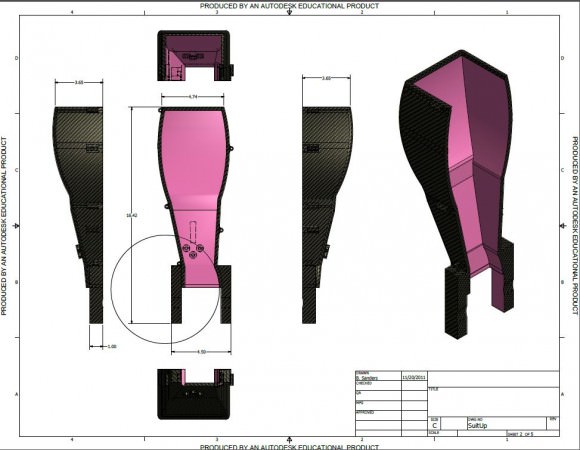
The final function of the diver’s gyroscopic boots will kick in as he nears the surface of the Earth, and he fires off his miniature aerospike thrusters to smoothly lower himself to the ground for a two-point upright landing.
Two different landing scenarios are presently under consideration: “a feet-down” landing where the aerospikes fire into action from an altitude of hundred feet, gently lowering the diver down to earth; and the much more daring and challenging “wing suit flare up” where the diver swoops within ten feet of pay dirt before pulling up sharply and then lighting off his thrusters to initiate his controlled descent to the ground.
Solar System Express intends to first test this propulsive landing capability somewhere around 2016, with a production model of the RL MARK VI coming to market about a year later. Until then any live tests of the system will conclude with traditional parachute jumps. Data collected during these jumps, along with rigorous control system testing and computer simulated recreations of each space dive, will enable Blaze Sanders and his team to refine the parameters and the protocols required for a text book propulsive landing.
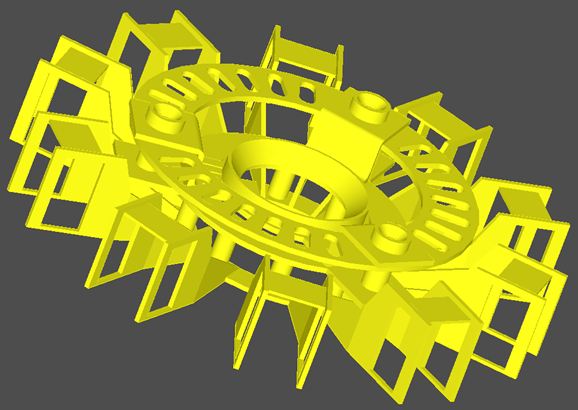
Mounted on the front of the jumper’s space suit will be a “high intensity LED chest piece” powered by energy-storing super capacitors and equipped with miniature stereo cameras which will collect much of the data necessary for recreating the jump in a 3D computer simulation. When finally transferred to video all of this collected 3D data should easily yield the kind of YouTube upload that one can point to with pride for years to come.
The Gravity Development Board, a proprietary piece of hardware designed by Solar System Express, will serve as the main interface between the MARK VI’s three major components as well as the device which controls all critical systems.
According to Mr. Sanders, “The GDB will be the first space-rated open hardware electronic prototyping board, enabling any type of person to create space qualified hardware. The GDB will replace the Arduino Uno® as the preferred high-level prototyping environment, by being up to forty times faster, seventy percent smaller, having integrated high power drivers (capable of handling one hundred times the current), with more flexible Input/Output configurations, and yet be still much easier to program via 12 Blocks™, the powerful, intuitive visual language used for robotic programming. Engineers, artists, and designers are thus enabled to create any project they can imagine. Our quick release breakout board, the ‘Ejection Seat™,’ allows for easy prototyping, yet keeps the GDB form factor small and robust enough to use in New Space start-up product releases.”
Final Frontier Design, of Brooklyn, New York, is working with Solar System Express on a customized version of their low-cost Intra-Vehicular Activity IVA 3G spacesuit, first introduced to the public last year and successfully crowd funded through an online kickstarter campaign. The entire RL MARK VI ensemble, along with the 3G spacesuit and a protective thermal outer covering, will be put through a rigorous testing regime beginning in June of 2014. Ground based testing will commence with a series of thermal and vacuum chamber tests, and vertical wind tunnel tests to be conducted at the Goddard Spaceflight Center in Greenbelt, Maryland.
The protective thermal covering will be fashioned from lightweight layers of aerogel and NASA Space Shuttle-like flexible insulation blankets formed into a garment that will serve as the spacesuit’s outermost layer. This is the material that will protect the space diver from the heat of reentry as he plunges through the earth’s upper atmosphere. Solar System Express has already started conversations with several wing suit manufacturers interested in employing this revolutionary thermal technology into their product line.
The first tests at altitude should begin around July of 2016. They will commence with two-kilometer parachute jumps from a helium balloon-tethered tower that will comprise the major test platform of The LiftPort Group’s Lunar Space Elevator Project. Eventually near-space jumps from as high as 40 kilometers will be conducted by Olav Zipser and his FreeFly Astronaut Project using a specially modified rocket designed and manufactured by InterOrbital Systems of Mojave, California.
No firm dates have been set for suborbital and orbital testing but initial plans call for the use of a human medical robot prototype supplied by Juxtopia to be used as the test subject for these first jumps before real live space divers eventually become involved.
Blaze Sanders estimates the total development costs to bring the RL MARK VI to market at around $2.2 million. He has already invested about $100,000 of his own time and money into the project. In the next three years he expects to generate another $1.1 million dollars in revenue through sales of his company’s Gravity Development Board. He expects to generate additional revenue from a wide variety of sources including ongoing consulting fees, government grants and loans, angel investment, kickstarter campaigns, and technical consulting fees from motion picture productions already interested in the use of his technology, as well as a video game simulation also based on his revolutionary hardware.
Should he ultimately succeed then, who knows, one day he may end up just as rich and successful as Tony Stark himself. He’s already got the suit. And he’s prepared to take it to dazzling new heights.
For more information please visit www.solarsystemexpress.com and www.juxtopia.com. Read their joint press release at http://www.solarsystemexpress.com/press-releases.html


